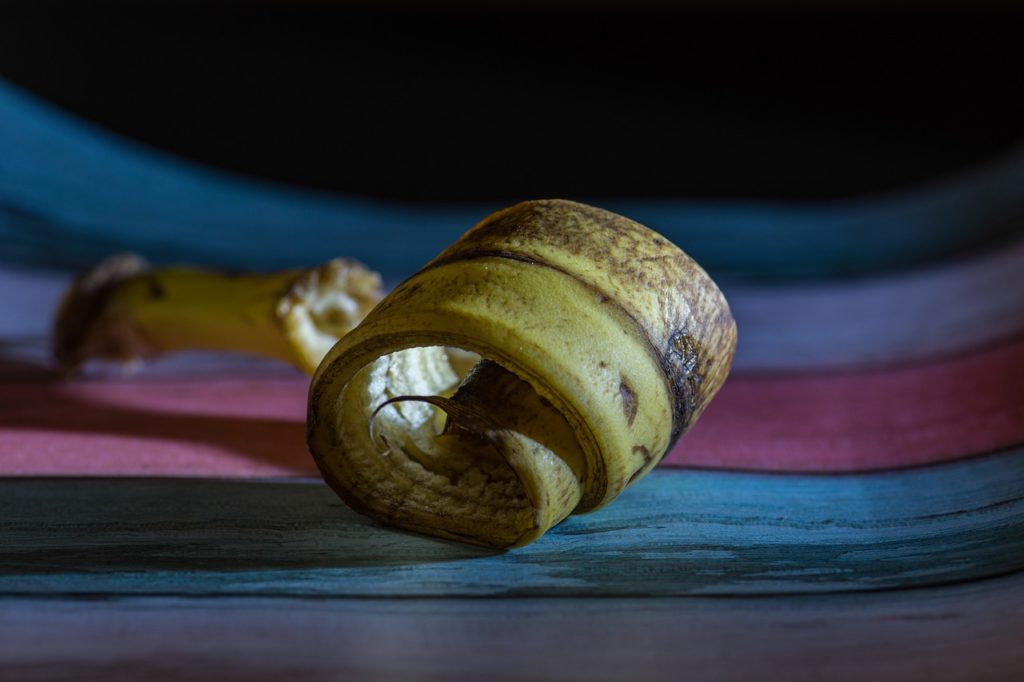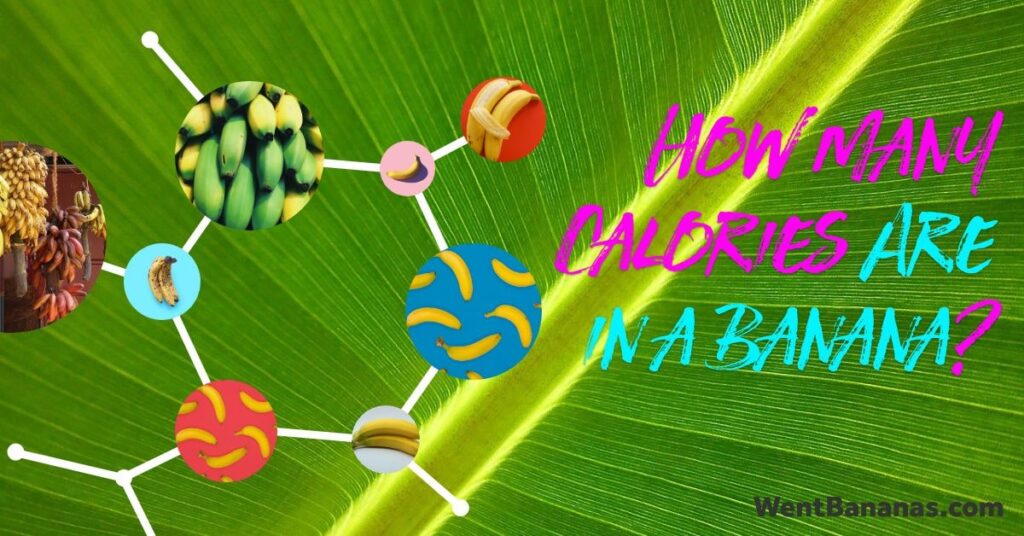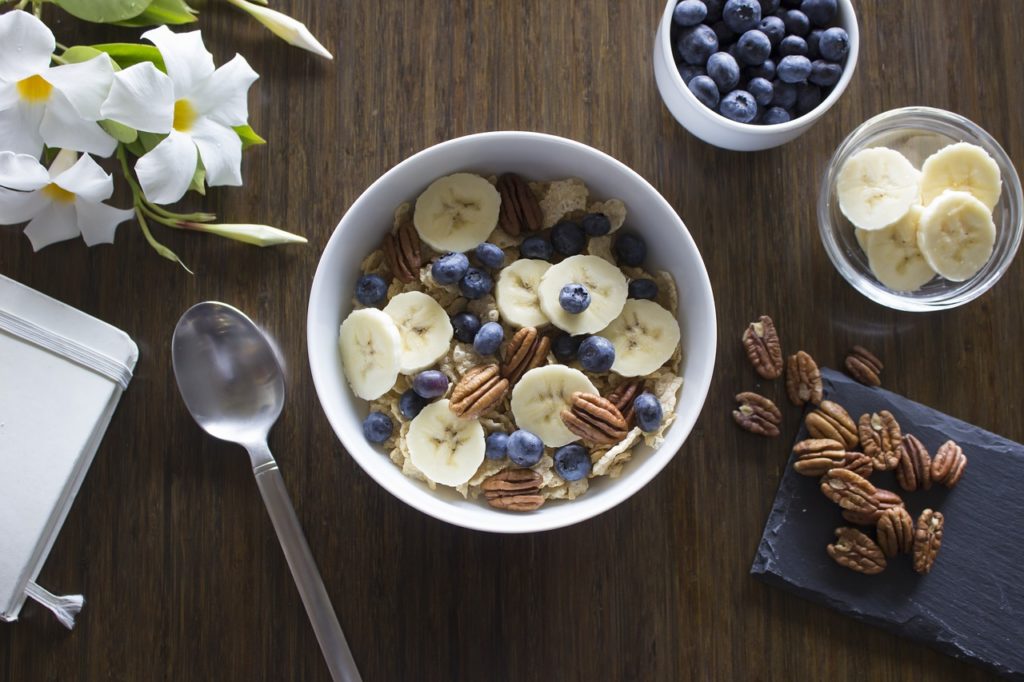Green bananas are a popular item in many grocery stores, but have you ever wondered if it’s safe to eat them? This article will explore the answers to that question and more. With topics ranging from what a green banana is and its nutritional benefits to the health risks associated with eating green bananas and how to tell if a banana is ripe enough to eat safely, there’s a lot to discover. So if you’re ready to learn more, keep reading!
What Is a Green Banana?
A green banana is a type of unripe banana with outer skin that hasn’t yet developed the typical yellow hue. These bananas are usually picked earlier, which means they contain less sugar than ripe bananas and have a firmer texture. They can be harder to peel due to their thick skins, but they also last longer in storage before becoming overripe or spoiled. Green bananas offer health benefits such as being rich in dietary fiber and good sources of vitamins C and B6. Additionally, consuming green bananas may help regulate blood sugar levels for people with diabetes due to their low glycemic index value
Are Green Bananas Safe to Eat?
Green bananas are generally safe to eat, although they can have a slightly bitter flavor due to starchiness. The longer the banana ripens on the tree or vine, the sweeter it will become as its starches convert into sugars. As such, green bananas may not be ideal for eating raw since they won’t taste as sweet and flavorful as yellow or brown-speckled ones.

However, green bananas still offer nutritional benefits when cooked properly. For instance, boiling them until soft helps make their skins easier to peel off and also breaks down some of their resistant starches which increases the absorption of nutrients like vitamin B6 in your body when consumed. Green banana flour is made from peeled and dehydrated unripe fruits that are ground into a powdery consistency – this is another great way for us to enjoy all these nutritional benefits in our meals!
The Nutritional Benefits of Eating Green Bananas.
Eating green bananas can be an excellent way to improve your overall nutrition. Green bananas are rich in vitamins, minerals, and other nutrients that can help support a healthy lifestyle. They contain more fiber than ripe bananas, which helps promote good digestion. Additionally, the resistant starch found in green bananas is beneficial for gut health by promoting the growth of friendly bacteria within the digestive system.
Green banana consumption has also been linked to improved blood sugar control due to their low glycaemic index (GI). This makes them a great snack choice for people with diabetes or those looking to manage their weight better as they are less likely to cause spikes in blood sugar levels compared with eating sugary treats or foods high on the GI scales such as refined grains and processed snacks.
Finally, research suggests that phytochemical compounds like polyphenols present in unripe fruits may have antioxidant benefits which could potentially reduce inflammation throughout the body and protect against diseases associated with chronic inflammation such as heart disease and cancerous illnesses.
The Possible Health Risks of Eating Green Bananas.
Eating green bananas may carry potential health risks, especially when consumed in large quantities. Unripe fruits contain higher levels of resistant starch, a form of carbohydrate that is not easily digested by the human body. Eating too much resistant starch can lead to digestive upset such as diarrhea and abdominal pain. Additionally, green bananas are high in tannins which can cause adverse reactions such as headaches or stomach issues when consumed excessively
In addition to digestive problems, eating too many green bananas could also lead to nutritional deficiencies if they replace nutrient-rich foods like whole grains and legumes from your diet. Green banana consumption should be monitored closely since they have very low levels of essential vitamins like vitamin A and folate compared with ripe ones (which are recommended for pregnant women). Therefore it’s important to keep track of how much you eat throughout the day so you don’t consume excessive amounts at once!
How to Tell If a Banana Is Ripe Enough to Eat Safely?
Knowing when a banana is ripe enough to eat can be tricky, but there are several indicators that you can use as a guide. The most obvious indicator is the color of the skin; if it’s yellow with some brown spots then it’s probably ready to eat. However, overly green or blackened skin indicates unripeness and should not be eaten.
The texture of the fruit also tells something about its ripeness – the softer and more delicate the peel, the riper it will likely be inside. If you press gently on one end of a banana, slightly wrinkled skin means that it’s ripe while hard flesh indicates that this particular piece isn’t quite ready yet for eating safely.
Finally, the smell can give clues about how far along in the ripening process your bananas have gone through; sweet aromas usually mean they are good to go!
Our Final Thoughts
Green bananas can be a great addition to your diet because they are packed with essential nutrients, minerals, and vitamins that can benefit both your overall health and well-being. However, it is important to make sure the banana you’re eating is ripe enough before consuming it. To ensure the safe consumption of green bananas, pay careful attention to their appearance and color as well as feel for ripeness when selecting one at the store or market. If you have any further questions about determining if a green banana is safe for consumption, join our newsletter today!

















